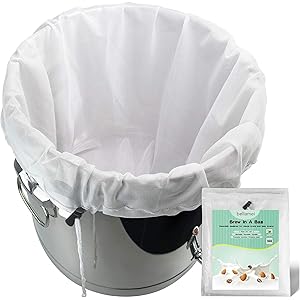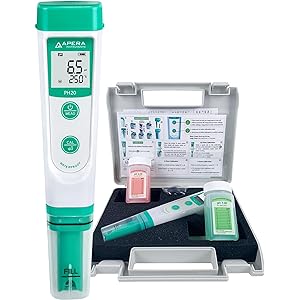Understanding Yeast Infections
Yeast infections are common fungal infections caused primarily by the Candida species, particularly Candida albicans. These infections can affect various parts of the body, including the mouth, throat, and genital area. Symptoms often include itching, burning, and unusual discharge, which can be uncomfortable and distressing. Understanding the underlying causes and symptoms is crucial for effective management and relief.
Identifying Symptoms of Yeast Infections
The symptoms of a yeast infection can vary depending on the affected area. In women, common symptoms include intense itching, irritation, and a thick, white discharge resembling cottage cheese. Men may experience redness, itching, and a rash on the penis. Recognizing these symptoms early can help in seeking appropriate treatment and relief.
Best Home Remedies for Yeast Infection Relief
Many individuals seek natural remedies to alleviate yeast infection symptoms. Some effective home remedies include the use of coconut oil, which has antifungal properties, and apple cider vinegar, known for its ability to restore pH balance. Additionally, probiotics found in yogurt can help restore healthy bacteria levels in the body, potentially reducing symptoms.
Over-the-Counter Treatments
Over-the-counter antifungal treatments are widely available and can provide quick relief from yeast infection symptoms. Medications such as clotrimazole and miconazole are commonly used and can be found in creams, ointments, and suppositories. These treatments work by targeting the fungal cells, helping to alleviate discomfort and eliminate the infection.
Prescription Medications for Severe Cases
In cases where over-the-counter treatments are ineffective, healthcare providers may prescribe stronger antifungal medications. These prescription options, such as fluconazole, are typically taken orally and can provide more comprehensive relief for severe or recurrent yeast infections. It is essential to follow the prescribed dosage and duration for optimal results.
Get more content like this!
Sign up to receive updates and new terms first hand.
Dietary Changes to Prevent Yeast Infections
Making dietary changes can also play a significant role in managing and preventing yeast infections. Reducing sugar intake is crucial, as yeast thrives on sugar. Incorporating more whole foods, such as vegetables, lean proteins, and whole grains, can help maintain a balanced microbiome and reduce the likelihood of infections.
Maintaining Proper Hygiene
Practicing good hygiene is vital in preventing yeast infections and relieving symptoms. Keeping the genital area clean and dry can help inhibit yeast growth. Wearing breathable, cotton underwear and avoiding tight-fitting clothing can also promote airflow and reduce moisture, creating an unfavorable environment for yeast proliferation.
The Role of Probiotics in Yeast Infection Management
Probiotics are beneficial bacteria that can help restore the natural balance of flora in the body. Incorporating probiotic-rich foods, such as yogurt, kefir, and fermented vegetables, can support gut health and potentially reduce the risk of yeast infections. Probiotic supplements are also available and may provide additional benefits in managing symptoms.
When to Seek Medical Attention
While many yeast infections can be treated at home, it is essential to know when to seek medical attention. If symptoms persist for more than a few days, worsen, or are accompanied by fever or severe pain, consulting a healthcare professional is crucial. They can provide a proper diagnosis and recommend appropriate treatment options.
Preventive Measures for Future Infections
To prevent future yeast infections, individuals should consider lifestyle changes and preventive measures. This includes wearing loose-fitting clothing, avoiding douches and scented products, and practicing safe sex. Staying hydrated and managing stress levels can also contribute to overall health and reduce the risk of recurrent infections.




